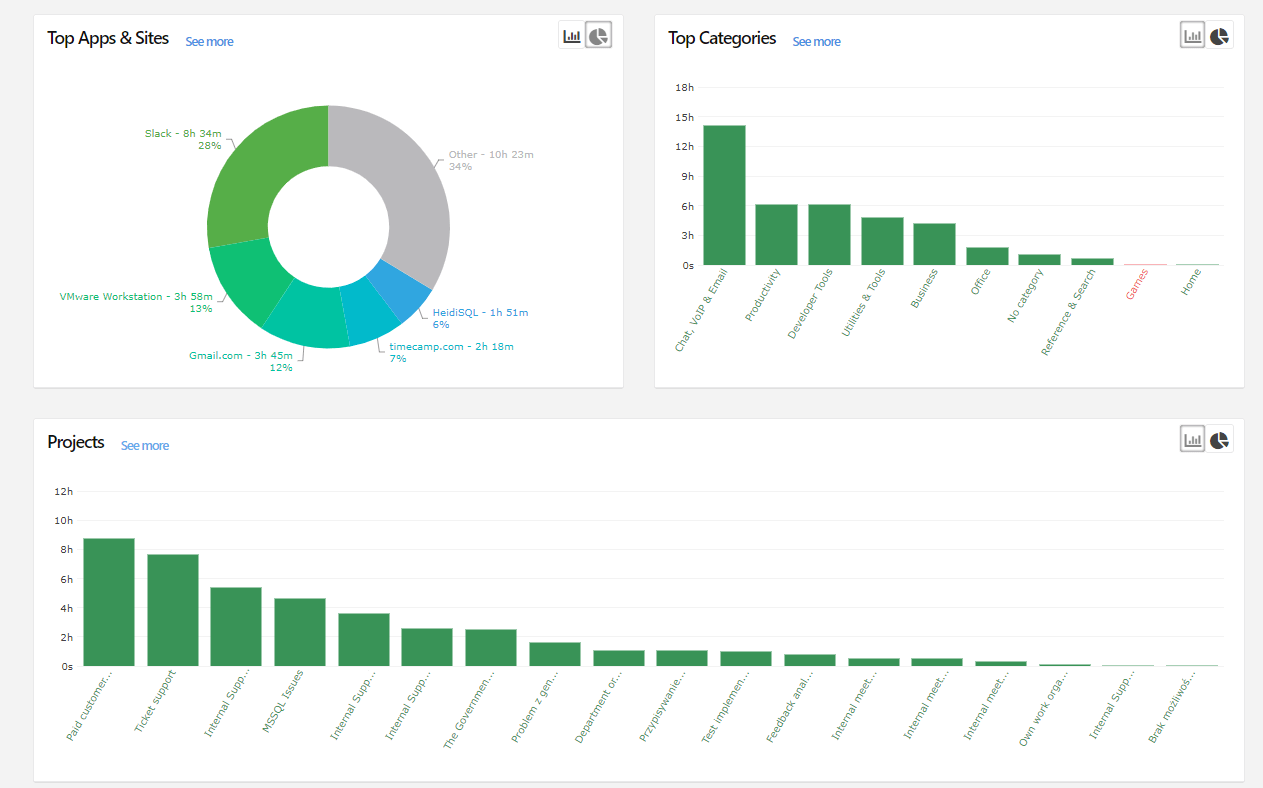What Is A Good Organizational App For Simutaneous Various Projects
Organizational Influences on a Project Projects are typically part of an organization that is larger than the project. Examples of organizations include corporations, government agencies, healthcare institutions, international bodies, professional associations, and others. Even when the project is external (joint ventures, partnering), the project will still be influenced by the organization or organizations that initiated it.
What Is A Good Organizational App For Simultaneous Various Projects

The maturity of the organization with respect to its project management system, culture, style, organizational structure and project management office can also influence the project. The following sections describe key aspects of these larger organizational structures that are likely to influence the project. I have worked as a Project Manager in all of these types of organizations. There are pros and cons of each listed below. It is vital that the organizational structure is clear and known to all for the project to run smoothly.
Project-based organizations are those whose operations consist primarily of projects. These organizations fall into two categories:.
Organizations that derive their revenue primarily from performing projects for others under contract – architectural firms, engineering firms, consultants, construction contractors, and government contractors. Organizations that have adopted management by projects. These organizations tend to have management systems in place to facilitate project management. For example, their financial systems are often specifically designed for accounting, tracking, and reporting on multiple, simultaneous projects. Non-project-based organizations often may lack management systems designed to support project needs efficiently and effectively. The absence of project-oriented systems usually makes project management more difficult. In some cases, non-project-based organizations will have departments or other subunits that operate as project-based organizations with systems to support them.
The project management team should be aware of how its organization’s structure and systems affect the project. Organizational Cultures and Styles Most organizations have developed unique and describable cultures. These cultures are reflected in numerous factors, including, but not limited to:. Shared values, norms, beliefs, and expectations. Policies and procedures. View of authority relationships.

Work ethic and work hours. Organizational cultures often have a direct influence on the project. For example:. A team proposing an unusual or high-risk approach is more likely to secure approval in an aggressive or entrepreneurial organization. A project manager with a highly participative style is apt to encounter problems in a rigidly hierarchical organization, while a project manager with an authoritarian style will be equally challenged in a participative organization.
Organizational Structure The structure of the performing organization often constrains the availability of resources in a spectrum from functional to projectized, with a variety of matrix structures in between. The classic functional organization is a hierarchy where each employee has one clear superior. Staff members are grouped by specialty, such as production, marketing, engineering, and accounting at the top level. Engineering may be further subdivided into functional organizations that support the business of the larger organization, such as mechanical and electrical.

Functional organizations still have projects, but the scope of the project is usually limited to the boundaries of the function. The engineering department in a functional organization will do its project work independent of the manufacturing or marketing departments. When new product development is undertaken in a purely functional organization, the design phase, often called a design project, includes only engineering department staff. Then, when questions about manufacturing arise, they are passed up the organizational hierarchy to the department head, who consults with the head of the manufacturing department. Cassiopeia observatory.
The engineering department head then passes the answer back down the hierarchy to the engineering functional manager. These organizations are good for having a clear career path for project team members when the project ends. Projectized organizations have team members that are often collocated. Most of the organization’s resources are involved in project work, and project managers have a great deal of independence and authority. Projectized organizations often have organizational units called departments, but these groups either report directly to the project manager or provide support services to the various projects. Matrix organizations are a blend of functional and projectized characteristics. Weak matrices maintain many of the characteristics of a functional organization and the project manager role is more that of a coordinator or expediter than that of a manager.
In similar fashion, strong matrices have many of the characteristics of the projectized organization, and can have full-time project managers with considerable authority and full-time project administrative staff. While the balanced matrix organization recognizes the need for a project manager, it does not provide the project manager with the full authority over the project and project funding. Such a team may have many of the characteristics of a project team in a projectized organization. The team may include full-time staff from different functional departments, may develop its own set of operating procedures and may operate outside the standard, formalized reporting structure.